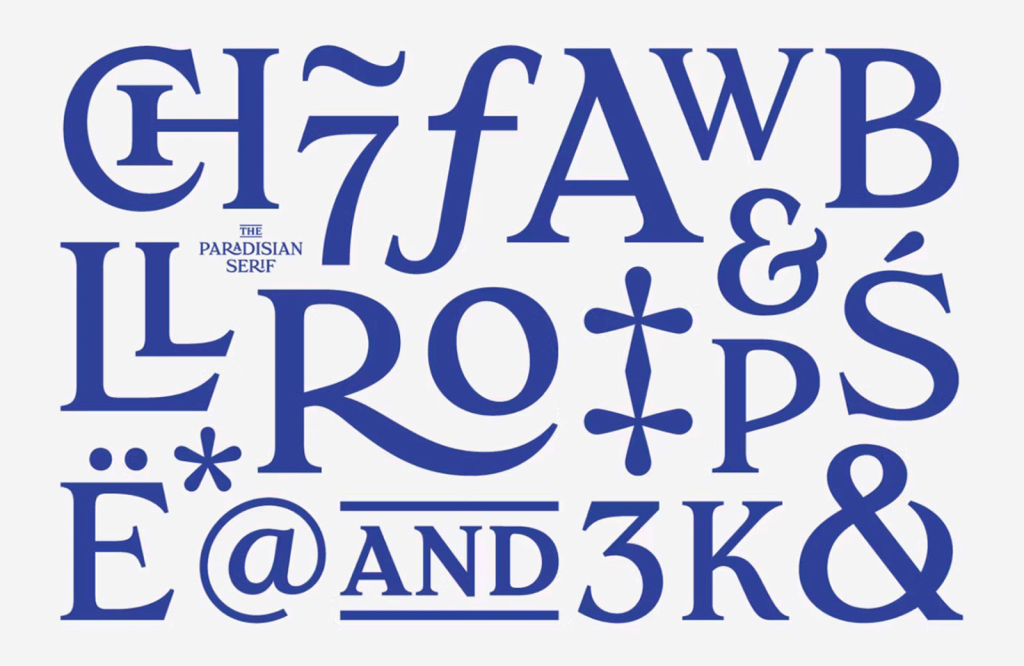While I write this, one of my sons is yelling at me to come look at yet another YouTube Poop animation. He thinks they are hilarious. I can’t stand them! When he demands I watch one… or eight with him, I have to ask if they are a collection of unintelligible screaming, screeching feedback and scratching repeats of the same line twenty times in a row. “Well,” he usually replies, “there’s some,” which means ninety-percent of it is just noise. Is this the state of innovative animation?
When Flash animation started popping up, I was amazed. Hell, when the first Tron came out, I was blown away, as was all of nerdom. The first Star Wars film made audiences believe we could fly in space and blast aliens into oblivion. How simple and clumsy they all seem now with the advances in web animation. Computer animation has become the stuff of dreams. What would someone in the 1970s think of Avatar? By the same token, what would YouTube Poop-loving teens think of Art Clokey’s Gumby or Davy and Goliath?
While hardly Avatar (Clokey used the income from Davy and Goliath to fund his work on Gumby) it was loved by millions for decades, and still is!
When it comes to special effects and animation in movies, most people will think of Ray Harryhausen. His stop motion, rubber and armature figures were frightening and audiences in the 1950s marveled at how “real” his creatures looked.
However, one of the earliest pioneers of stop motion animation was a man named George Pal (Harryhausen was actually an employee and was mentored by George Pal). Watching one of his features, each about six or seven minutes in length, was amazing not only because the movement is so smooth, but he did not use clay or armature figures, each figure, each limb, each hand and finger were carved from wood and while arms may have swiveled in their shoulder sockets, to see the amount of movement in these animated features will make a fan out of even my darling YouTube Poop-loving son.
Pal’s first feature animation, “Ship of Ether” (1934), spotlighted his ability to make smooth stop motion animation using wooden puppet forms…
George Pal — born György Pál Marczincsak (February 1, 1908 – May 2, 1980) — was a Hungarian-born American animator and film producer, principally associated with the science fiction genre. He became an American citizen after emigrating from Europe. He was nominated for Academy Awards (in the category Best short subjects, Cartoon) no less than seven consecutive years (1942–1948) and received an honorary award in 1944. After starting his career in animation, with studios in Berlin and Eindhoven, he fled Europe in 1940 with his family and started working for Paramount, creating his signature animations, “Puppetoons.” This is an early commercial Pal produced for use in movie theaters…
Pal not only paid close attention in the movement of his characters, he took the filming of his work just as seriously, using camera movements no other animator had used. The continuity of figure as well as camera movements must have been a nightmare, but, as in these 1935, 1937 and 1939 shorts, you will notice how smooth everything melds together.
“Tulips Shall Grow” (1942), was Pal’s commentary on the Nazi invasion of Holland…
John Henry (1946) was, considering the times, a sympathetic and noble treatment of an African-American tale…
Unfortunately, the previous years saw the production of Pal’s Jasper character series. Made between 1941 – ‘46, today it’s clearly racist. However, despite the insensitive subject matter, the work itself inspired many later animations.
Pal’s work was noticed by the right people and he moved into special effects, directing and producing. Maybe you’ve seen some of his films?
- The Great Rupert (1950) (producer)
- Destination Moon (1950) (producer) (Oscar: Special Effects 1950)
- When Worlds Collide (1951) (producer) (Oscar: Special Effects 1951)
- The War of the Worlds (1953) (producer; directed by Haskin) (Oscar: Best Special Effects 1953)
- Houdini (Tony Curtis version) (1953) (producer)
- The Naked Jungle (with Charlton Heston) (1954) (producer; directed by Haskin)
- Conquest of Space (1955) (producer; directed by Haskin) tom thumb (1958) (producer–director) (Oscar: Best Special Effects 1958)
- The Time Machine (1960) (producer–director & “Morlock” designer) (Oscar: Best Special Effects 1960)
- Atlantis, the Lost Continent (1961) (producer–director)
- The Wonderful World of the Brothers Grimm (1962) (producer–director)(Cinerama Production) (Oscar: Best Costume Design 1962)
- 7 Faces of Dr. Lao (1964) (producer–director) (Oscar: Makeup Honorary Award 1964 – first film to receive this award)
- The Power (with Michael Rennie) (1968) (producer; directed by Haskin)
- Doc Savage: The Man of Bronze (1975) (producer)
Tubby the Tuba (1947) was one of Pal’s most beloved and well-known features…
Merry Christmas to all our readers. While you’re laughing at YouTube Poop and reminiscing over toys from your childhood, spend a few minutes admiring some of George Pal’s inspirational work. Pal serves to show us that hard work and innovation can move mountains, and without him none of the Christmas kids’ shows you’re suffering through would be possible.






